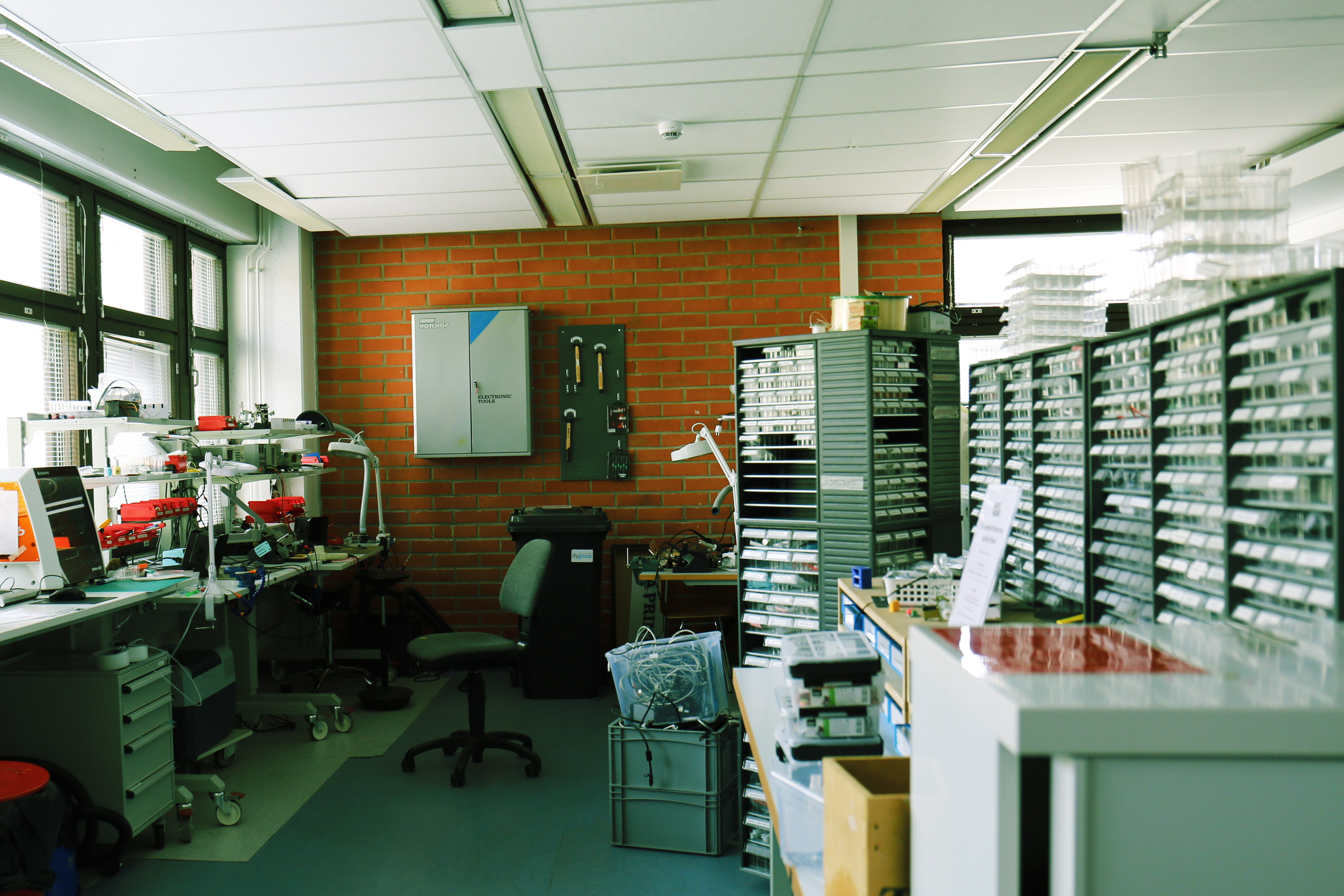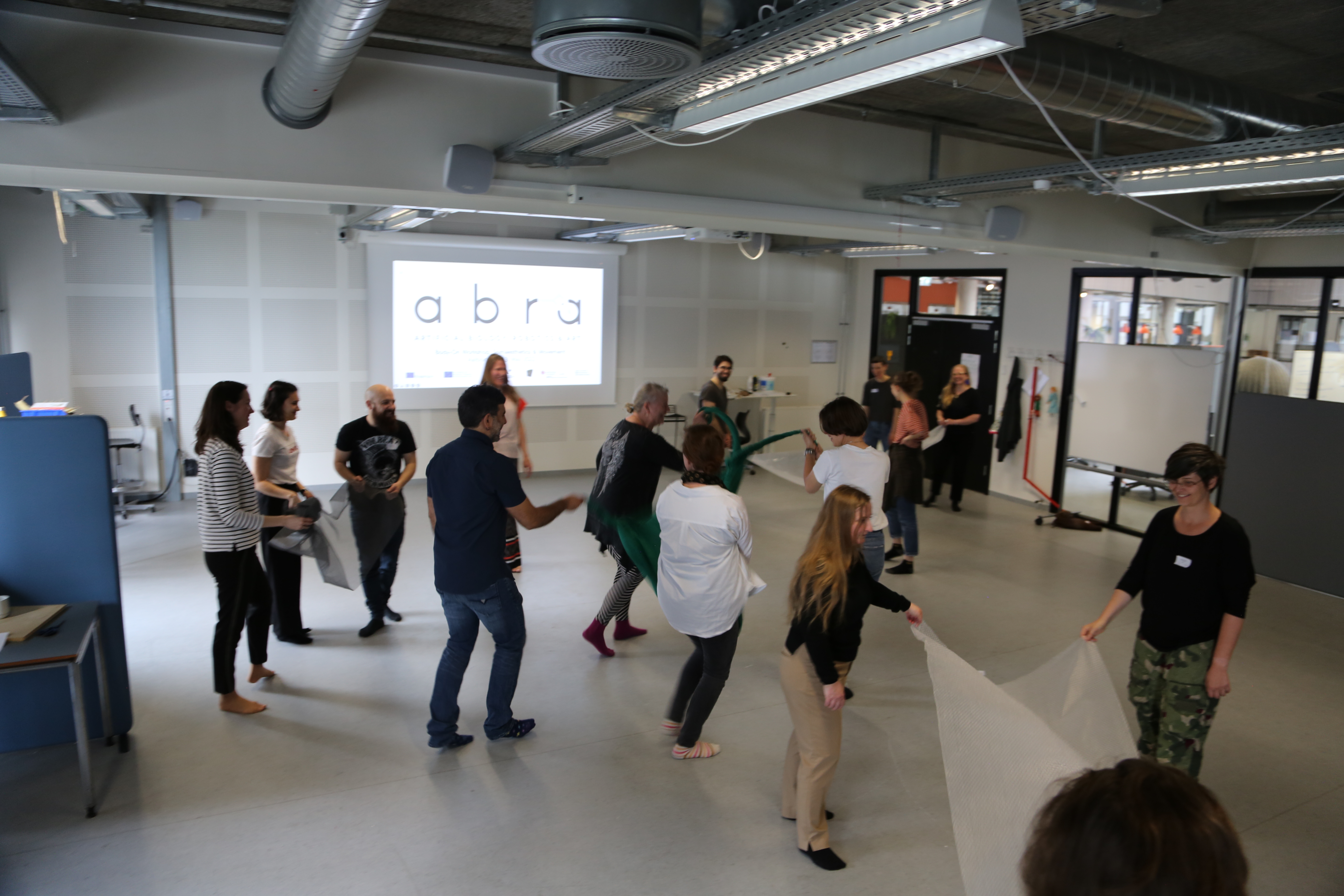Blogpost: Pedagogical reflections on transdisciplinarity teaching
Pedagogical reflections on transdisciplinarity teaching
While soon reaching the end of the ABRA project, we collected some reflections on the experiences gathered and the pedagogical aspects of carrying out transdisciplinary education. The following consists of a summary compiled from a set of questions that were posed to the teachers to reflect on specific aspects of the project. The full questions and answers can be found in ABRA Course Guide Volume 2. These reflections are meant to be of guidance for conducting similar transdisciplinary projects in the future.
1. How to approach transdisciplinary teaching?
In approaching transdisciplinary teaching, we have aimed to understand how teachers can best enable learners to translate transdisciplinary knowledge into entry points to their own discipline. An overall assessment of the experiences of the ABRA project shows that, first of all, this new approach to teaching can be extremely valuable, and provide completely new perspectives into the learner’s practices. However, one needs to consider that transdisciplinarity can also be challenging in many ways. As an example, learners could experience barriers if preliminary knowledge of a new field is given for granted. It is therefore important to deliver an approach that starts by providing a contextual overview of the field, by introducing its key concepts, principles, and methodologies. Furthermore, contextualising the connections between different fields enables a sense of familiarity for the learner, thus opening the possibility of better engagement with other disciplines.
Based on our insight, one recommendation is to introduce hands-on exercises early on, as a way to build up a shared vocabulary and knowledge base, which can be translated into new forms of interaction. The learners’ curiosity needs to be kept active by keeping the narratives flowing with enough basic knowledge, while steering the conversation through the peculiarities, also sometimes slamming the narrative against the unknown. This can be done by identifying the most relevant questions of the new discipline, and the way to approach them beforehand.
ABRA workshops have often worked with transdisciplinary groups of students. In forming these groups, the basic criteria one needs to follow is to organise participants according to their competencies, to avoid groups formed by mainly students from the same field. In case of self-selecting groups, we encourage students to organise a brief presentation of the participants before starting the group formation.

2. How to create transferable knowledge or skills?
When approaching the issue of creating transferable knowledge, or skills, a good practice is to make the learners face the original theoretical material from the new field. This allows learners to gain the necessary knowledge where they can depart from, and at the same time creates an awareness of the limitations and specific paradigms of a new discipline. Learners may further consider those limitations concerning their field of expertise.
Cooperation needs to be facilitated when collaborating with people coming from disciplines that are not historically or traditionally connected. A key element to provide cooperation is to be able to effectively communicate. Enough time shall be therefore dedicated to clarifying any communication issue that may arise.
Furthermore, a bridge between different fields can be provided by technology: as many fields are starting to use computation as a tool, this has become a common language, or platform to start from. For example, computational design thinking is focused on the underlying process of formation governed by an environment of relationships. This way of thinking, acting, designing, and researching has the potential to be applied in all fields and can therefore act as a unifying layer to create completely new knowledge, skills, and forms of interaction across fields.

3. What is the needed balance between learning inputs and experimentation time for the participants?
A factor that surely plays an important role in building a multidisciplinary learning experience is the balance between classic learning and hands-on experiments, in short: theory vs learning through making. Feedback received during the ABRA workshops has highlighted how important it is for learners to have dedicated time to explore new procedures, alone or in small groups.
However, the issue of balancing time is not an easy one. When bringing together different disciplines, one can experience how time can be perceived differently when relating to the different contexts that are being created through the setup of a workshop/laboratory. In certain disciplines, the time scale can be extremely slower than in others. Therefore, the amount of time needed for a specific hands-on laboratory may be perceived differently from learners coming from different disciplines. This kind of balance depends also on whether the learnings are from a field that is already familiar to the students, or if it is a completely new field for them.
However, when students are exposed to practices and issues from a new field, teachers must be able to contextualise the topic from the perspective and aspects inherent in the students’ own (familiar) fields. For example, when protocell research is introduced to art students, the focus of a preliminary lecture could be on aspects that are interesting for these students, such as generating movement, selecting colours, creating “living” systems, as well as ethics and the wide scope of aesthetics in general. At the same time, students can start an exploration with the system and various materials. It is also important that they are provided with a scientific protocol. With this protocol, learners can experience a certain degree of success, and also of control. After the first controlled experiments, it is worth offering the possibility for students to explore and develop some ideas of their own, and see how (conceptual) meaning gets attached to their experiments. Afterwards, learners often want to understand more about the science side.
As a general rule, it is suggested to start with some basic theory, followed by practice work, and then by more advanced theory. After a first presentation of a new topic with some examples, learners shall engage in an active open-ended discussion, which will be followed by experimentation, and a concluding discussion.
When facing challenges, a teacher may consider that it is not always possible to find the right balance between theory and practise for all learners, as people learn through varying mechanisms. People have different learning styles and sometimes students attach particular identities to themselves. An educator should thus also keep in mind the importance of finding ways to challenge learners’ identities.
And finally, the best preparation for a course (or any educational activity) is to test it first. The focus must be on how learners formulate their understandings through their discoveries, sharing ideas or their research, and discussing it with peers. This can be ensured with dedicated time for reflection in smaller or larger groups.

